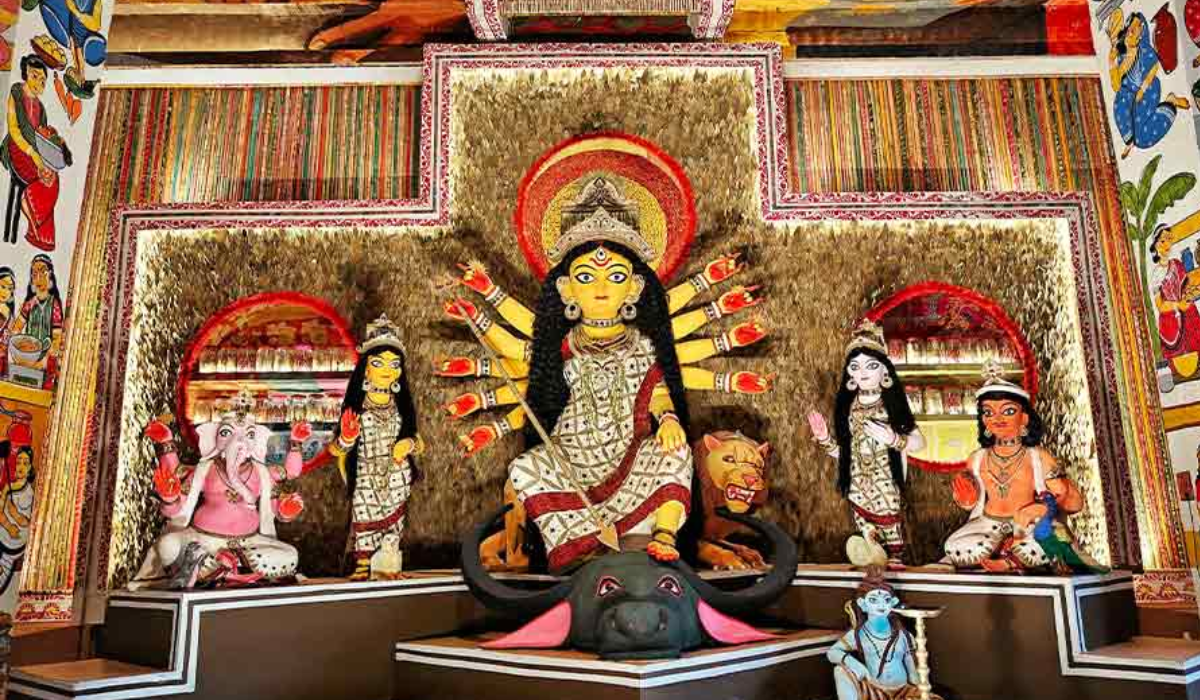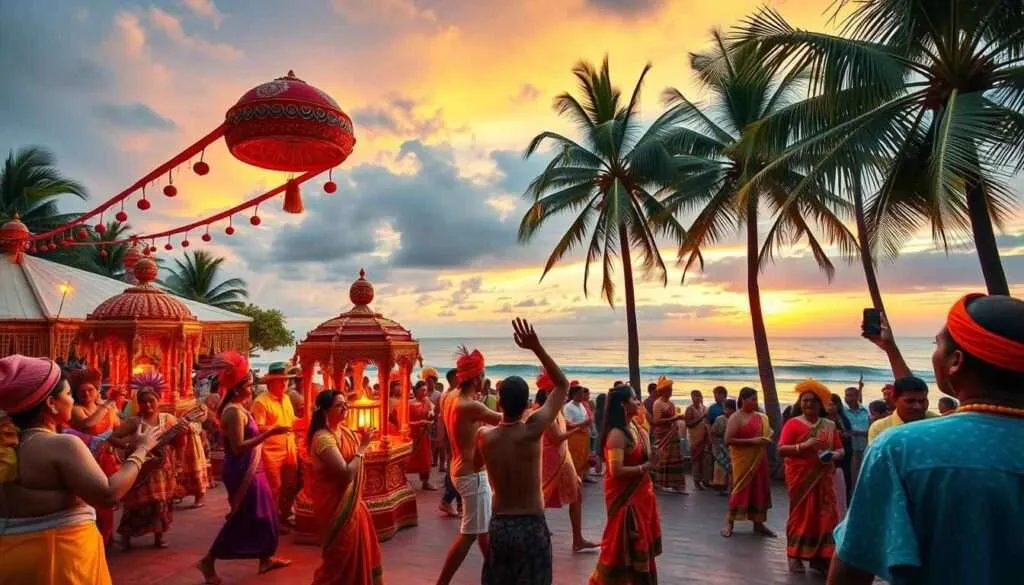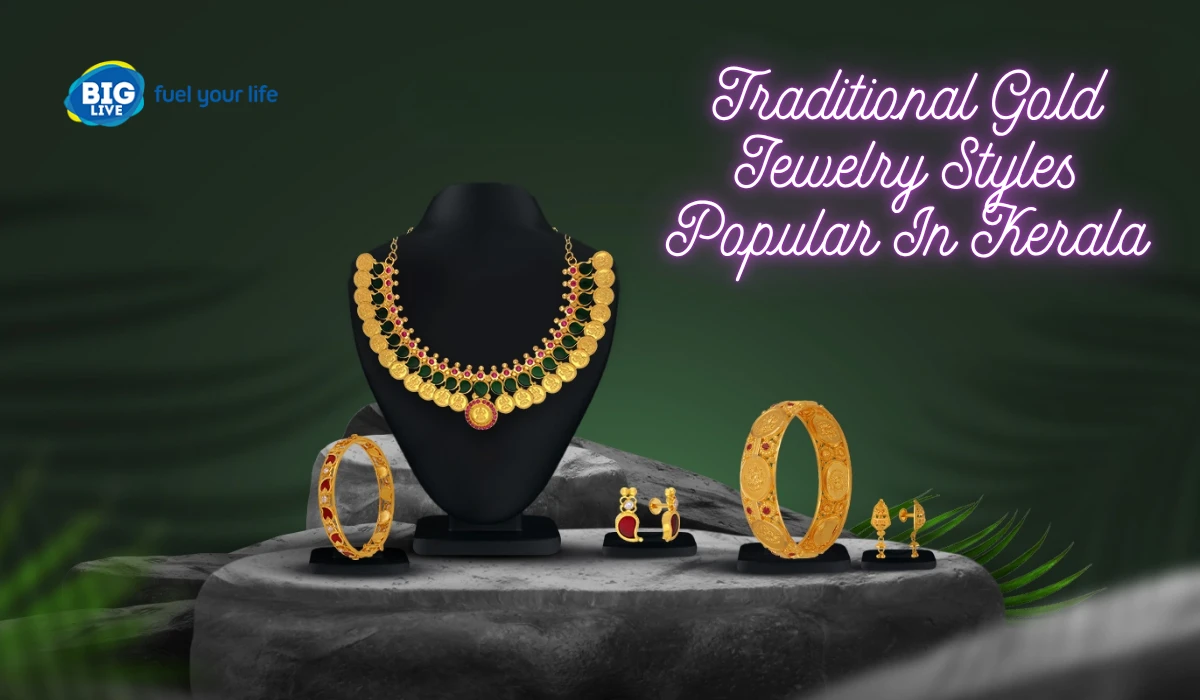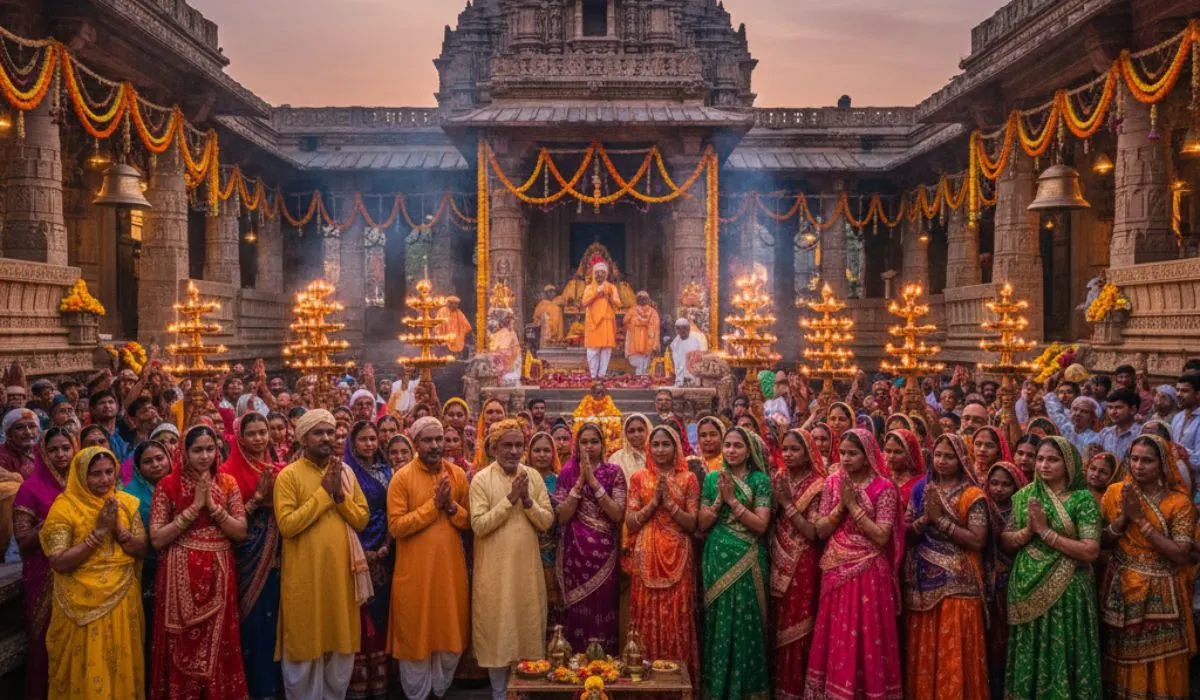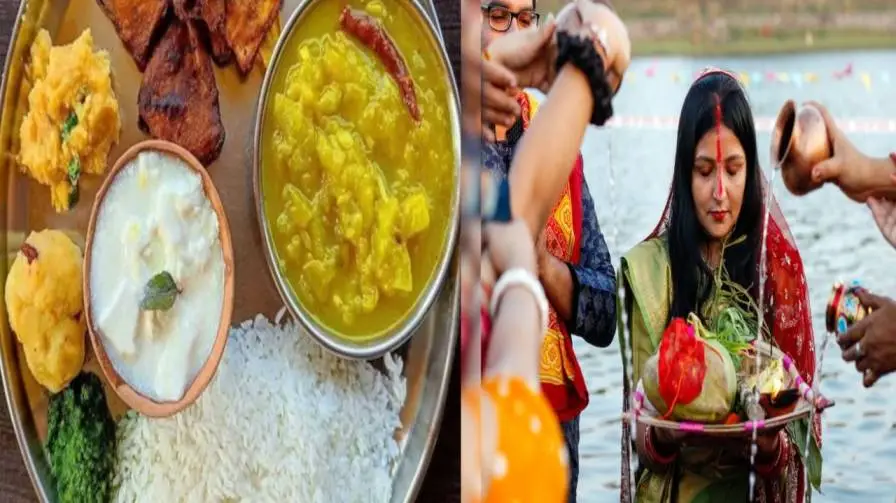As a travel writer, I have seen many festivals around the world, but nothing prepares you for the magic of Artistic Durga Puja Pandals in Kolkata. The air hums with the sound of dhak drums, the smell of street food mixes with the fragrance of shiuli flowers, and the entire city transforms into a giant, open-air art gallery. It's not just a festival; it's an emotion that takes over everyone. This year, I set out to explore these magnificent creations, and I want to take you with me on this incredible journey.
The Tradition Behind Kolkata’s Artistic Pandals
Why then are these pandals so special? A Durga Puja pandal is a temporary construction that is made to shelter the idol of the goddess Durga. But in Kolkata it is even more. It is a sign of community, innovativeness, and commitment.
The history of the tradition is centuries old, yet it has become a magnificent show of popular art. Indeed, the UNESCO recognized the Durga Puja of Kolkata as an Intangible Cultural Heritage of Humanity. This appreciation is an acknowledgment of the fact that the festival is a mixture of art, religion, and community spirit more than any other.
As I was strolling on the streets, I came to know that every pandal is a work of love. Months are spent by artists, designers and volunteers. They employ such materials as bamboo, clay, jute and even recycle materials such as rusted metal or old newspapers to make their visions a reality. It is not simply to create a place of worship, but a story.
Must-Visit Artistic Durga Puja Pandals in 2025
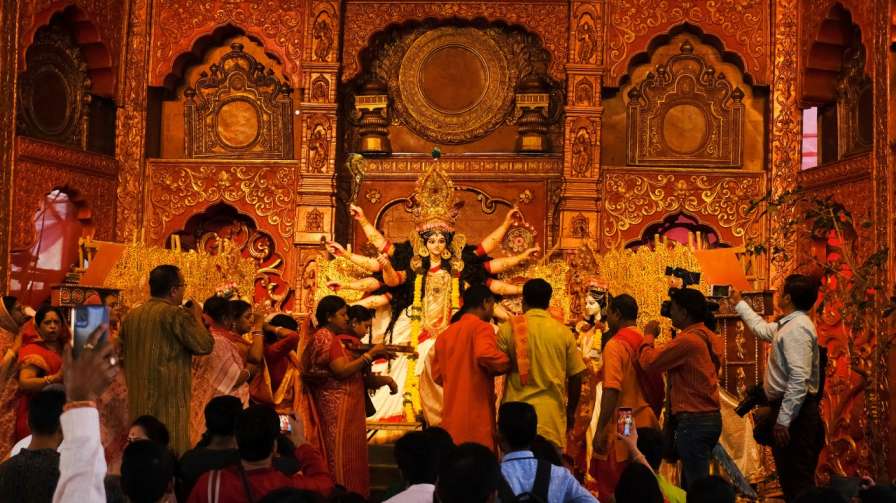
One of the most important things to do is to plan your way through the pandals. Kolkata is split in North and South parts, both of them having their own taste. North Kolkata is characterized as the place of old world and traditional rituals and South Kolkata is characterized as the place of magnificent themes and spectacular lights.
The following is a road map to some of the most discussed pandals in 2025:
| Pandal Name | Location (Area) | Key Theme / Highlight for 2025 |
|---|---|---|
| Bagbazar Sarbojanin | North Kolkata | One of the oldest pujas, known for its strong sense of traditional charm and elegance. |
| Kumartuli Park | North Kolkata | Located in the famous potters' quarter, this pandal is celebrated for its bold, artistic installations and connection to the idol-makers. |
| Suruchi Sangha | South Kolkata (New Alipore) | Famous for showcasing elaborate state-specific themes that highlight different Indian cultures and crafts. |
| Ekdalia Evergreen | South Kolkata (Gariahat) | Known for its massive structures and a buzzing, festive atmosphere that draws huge crowds. |
| Tala Prottoy | North Kolkata (Tala) | 'Beej Angan' (Seed Arena). A powerful theme focusing on food security and sustainability, displaying indigenous seeds. |
| Dum Dum Park Tarun Sangha | North Kolkata (Dum Dum) | 'Satyanweshi Byomkesh'. A nostalgic tribute to the detective Byomkesh Bakshi, designed like a giant comic strip. |
| Chaltabagan Sarbojanin | Central Kolkata (Machuabazar) | 'Ami Banglai Bolchi' (I speak in Bengali). A celebration of the Bengali language and its evolution. |
| Sreebhumi Sporting Club | North Kolkata (Lake Town) | Known for its grand, landmark-replica structures. In 2025, it's recreating the BAPS Swaminarayan Akshardham Temple |
Unique Themes and Creative Concepts in 2025
The creativity shown this year is spectacular. These are not mere decorative themes; they get your mind thinking. I was astonished to know how art is applied to discuss significant problems.
In Tala Prottoy, there is a theme named Beej Angan or Seed Arena, which emphasizes the necessity to preserve our agricultural heritage. The Durga idol in this case is recreated to be an Indian farm girl, a warrior against issues such as pesticides that are harmful. They even exhibit some of the rare native rice and vegetable seeds. It is a strong statement on sustainability.
Dum Dum Park Tarun Sangha was one of the most enjoyable pandals that I visited. Their song, Satyanweshi Byomkesh, makes the great Bengali detective, Byomkesh Bakshi a living person. The pandal is in the shape of an enormous comic book of the 1950s! They even made a crazy mystery that the necklace of the goddess is missing and Byomkesh is investigating the case. It was a special approach of nostalgia and narration.
The other exquisite pandal was Hindusthan Park that had a theme named Lokoj, a tribute to rural village life and folk-lore in Bengal. The pandal decoration with the help of earthy colors and traditional crafts makes you think that you have entered a Bengali village of the traditional times.
Experiencing Pandal Hopping Like a Local
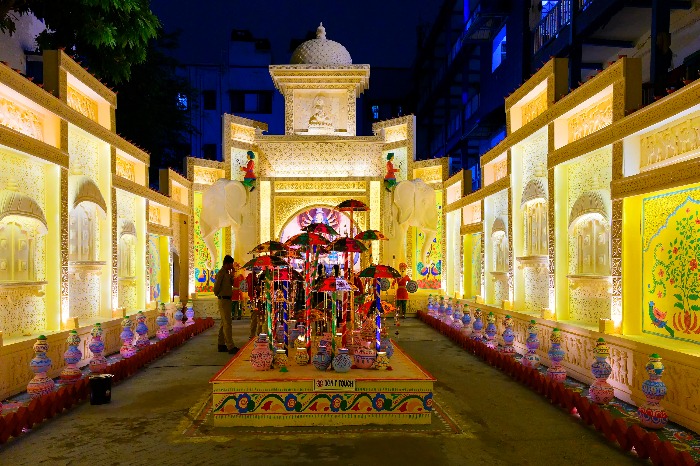
The art of pandal hopping is itself. It is an art to locals and I began to feel it after a couple of days. The following are my recommendations of the most effective ways to have an enjoyable time.
- Prepare a Way to Go, Be Ready to Change: I began by circling on a map which pandals I needed to visit. The streets of North Kolkata are also narrower and may become extremely congested, that is why it is better to walk there. The pandals are more diffused in South Kolkata. The best method of evading traffic jam is to use the Kolkata Metro.
- Timing: You don’t feel like going to the largest crowds, taking good photographs, then go to the pandals early in the afternoon. But when you feel like having the actuality, come after the sun goes down. The scenery, the noise, and the masses make the atmosphere electric an unforgettable experience.
- Dress-Comfortable: You will walk. A lot. I learned this the hard way! Wear light clothes and wear the most comfortable shoes. Always carry a small bottle of water and cash since not all stalls in the street and small pandals can accept digital payments.
- Talk to People: It was the most enjoyable experience of telling other visitors and volunteers. Bengalis are fond of their pujas and usually, delighted to tell what their local pandal is about or what the story behind it is. It further creates an extra dimension of knowing.
Also read :- Immersing in the Culture and Splendor of Kolkata’s Durga Puja
Rituals and Devotion That Power the Celebration
Devotion is the core of the Durga Puja behind all the art and festivity. The festival is based on a five-day program of old time rituals that makes the celebration alive.
- Maha Sashthi: It starts with the opening of the eyes of the Goddess, a ceremony known as Bodhan. This changes the energy in the city in a matter of moments.
- Maha Saptami: It is an extremely interesting ritual known as Kola Bou. A banana plant is washed and adorned as a bride and this represents the vigor of the goddess.
- Maha Ashtami: This day is one of the most important days. Sandhi Puja is performed at the very moment when the Ashtami comes to an end and Navami comes to the start. It is also when Goddess Durga slays the demon masculine Mahishasura. I also saw the rhythmic Dhunuchi Naach a dance in which the devotees carry smoking incense pots - it is a sight to behold.
- Maha Navami: Last prayers are being offered, and people are having the last Bhog of the festival.
- Vijaya Dashami: Dressed in wedlock women feign with vermilion powder on this day in a ceremony known as Sindoor Khela. It is an event full of colors and cheerfulness. Thereafter, in the weepful gaze and the gleeful songs, the idols are taken processions to be immersed (Visarjan). It is a sweet sad farewell to the goddess and every one says, Asche bochor abar hobe! (It is going to be a repeat show next year!).
A Final Thought from My Journey
The experience I had when I visited the Artistic Durga Puja Pandals in Kolkata was not a mere sightseeing exercise. It was a sense of belonging to something massive and happy. According to a news channel, Durga Puja is concerned with awareness, responsibility, and awakening of the humanity as described by one of the organizers.
It is a festival where art is brought to life and streets, strangers smile at people, and the city does not sleep. You will have to see it with your own eyes sometime. Until the moment when I hope that this guide could make you dream of your own adventure in Kolkata.



